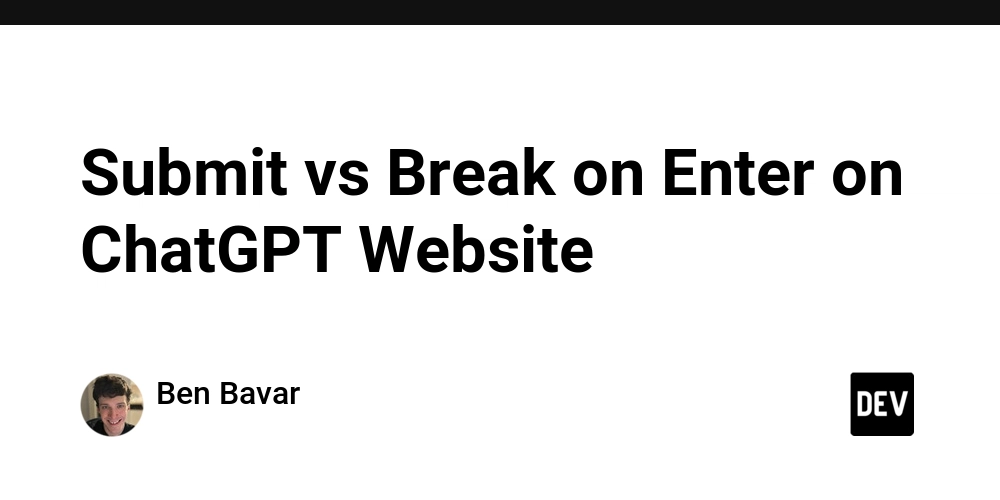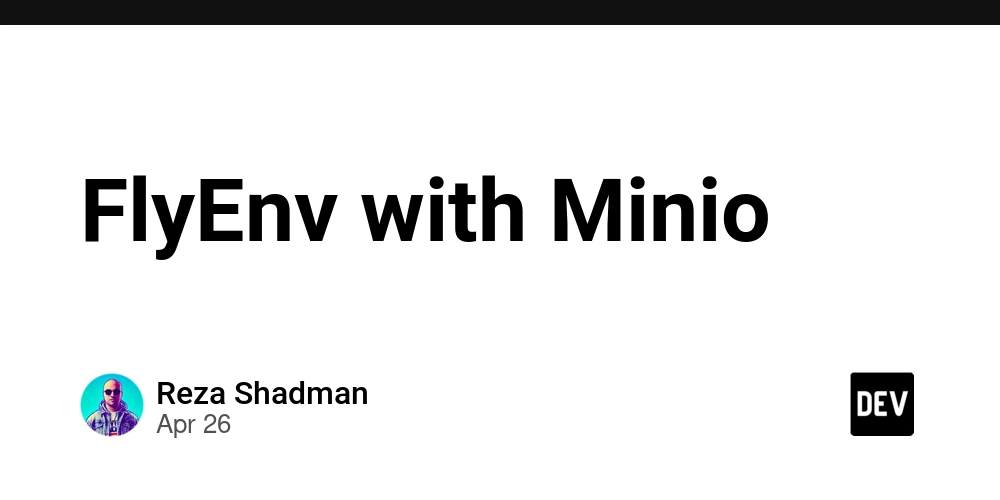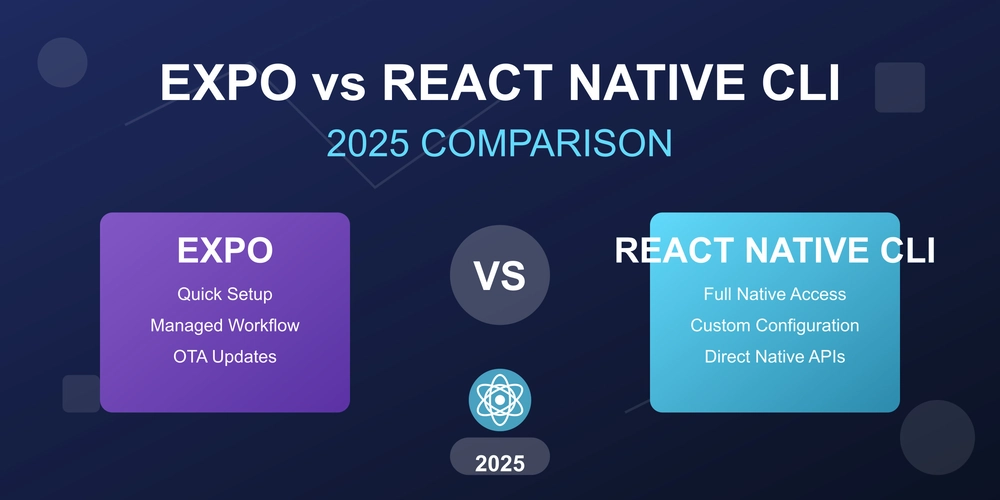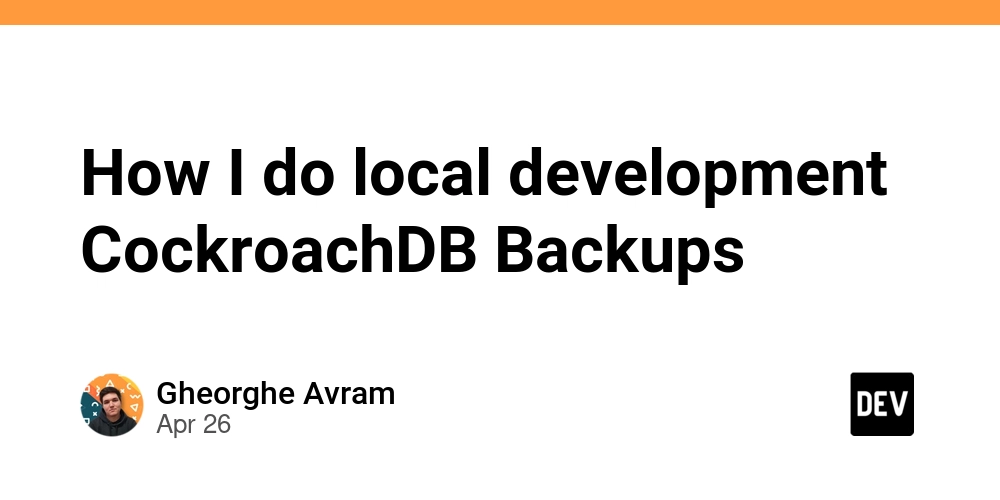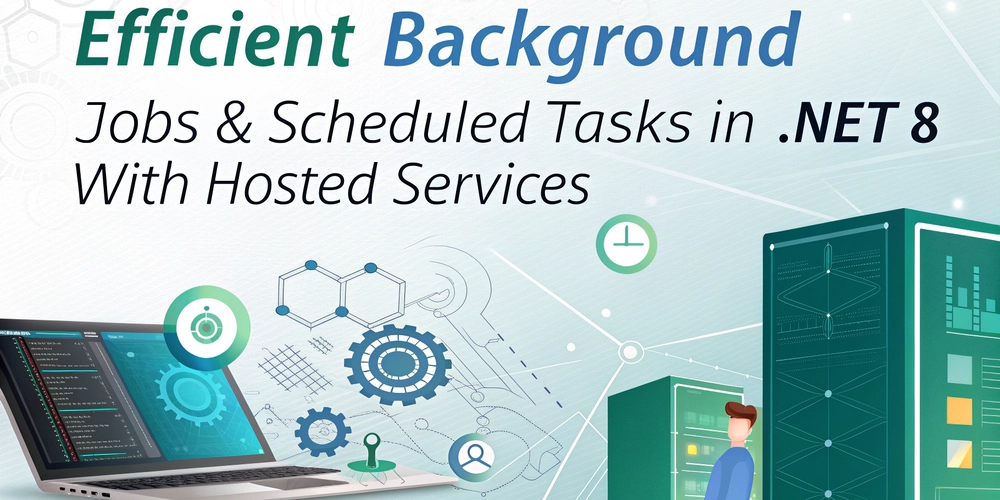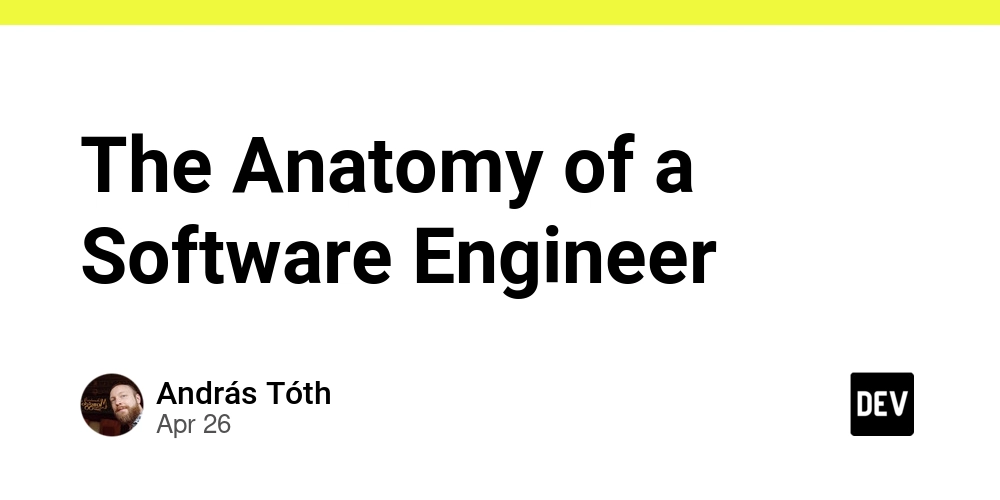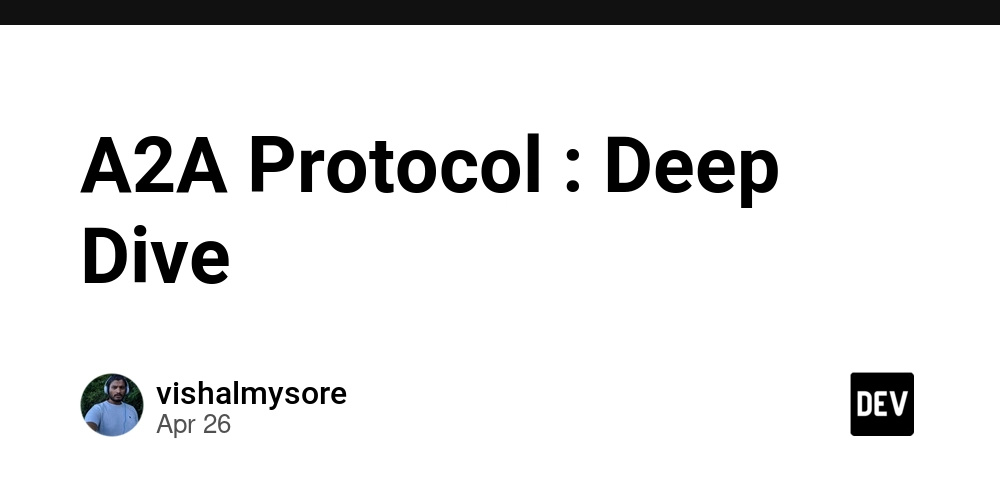
Decoding Solana Accounts with JavaScript: A Comprehensive Guide
Ever wondered how data is stored and retrieved from on-chain Solana accounts? This guide breaks down the process of decoding a Solana account using JavaScript, without relying on external libraries like Anchor. This approach gives you a deeper understanding of Solana's internal memory structure.
Why Decode Solana Accounts Manually?
While libraries simplify interactions, decoding manually offers advantages:
- Deeper Understanding: Learn the underlying structure of Solana accounts.
- Debugging Skills: Easier to troubleshoot data discrepancies.
- Custom Solutions: Tailor decoding logic to specific needs.
Understanding Solana Account Structure
Solana accounts are stored as a flat byte array in memory. This example MyAccount has a specific layout:
This translates to a 48-byte structure. Here's the breakdown:
- Discriminator (8 bytes): Identifies the account type, preventing data deserialization errors.
- Authority (32 bytes): A Pubkey representing account control.
- Value (8 bytes): A
u64integer value.
Important: Fields are serialized in the order they are declared. Changing the field order breaks compatibility with existing accounts!
Step-by-Step: Decoding a Solana Account in JavaScript
Here's how to fetch and decode a Solana MyAccount using JavaScript with web3.js:
1. Fetch Account Information
Use Connection and PublicKey from @solana/web3.js to retrieve account data.
2. Parse the Data Buffer
Manually extract data based on the known layout:
Breaking down the steps:
data.slice(): Extracts relevant byte ranges.new PublicKey(): Converts byte array to aPublicKeyobject.readBigUInt64LE(0): Reads the 8-byte value as a little-endian unsigned 64-bit integer.
3. Complete Code Example
Here is the complete code to decode a Solana on-chain account in JavaScript:
Replace "YOUR_ACCOUNT_ADDRESS" with the Solana address you would like to decode.
Key Considerations for Solana Account Parsing
- Account Size: Always verify the account data length matches the expected size.
- Byte Order (Endianness): Pay attention to byte order when reading multi-byte values (e.g.,
readBigUInt64LEfor little-endian). - Data Types: Ensure correct data type conversions when extracting values.
- Discriminator: Using the discriminator is critical for identifying different account types.
Conclusion: Mastering Solana Account Decoding
By manually decoding Solana accounts, you gain invaluable insight into how data is structured and stored on the Solana blockchain. This knowledge empowers you to build robust, efficient, and custom Solana applications. This skill of decoding Solana on-chain account in JavaScript offers a powerful advantage in navigating the Solana ecosystem.





